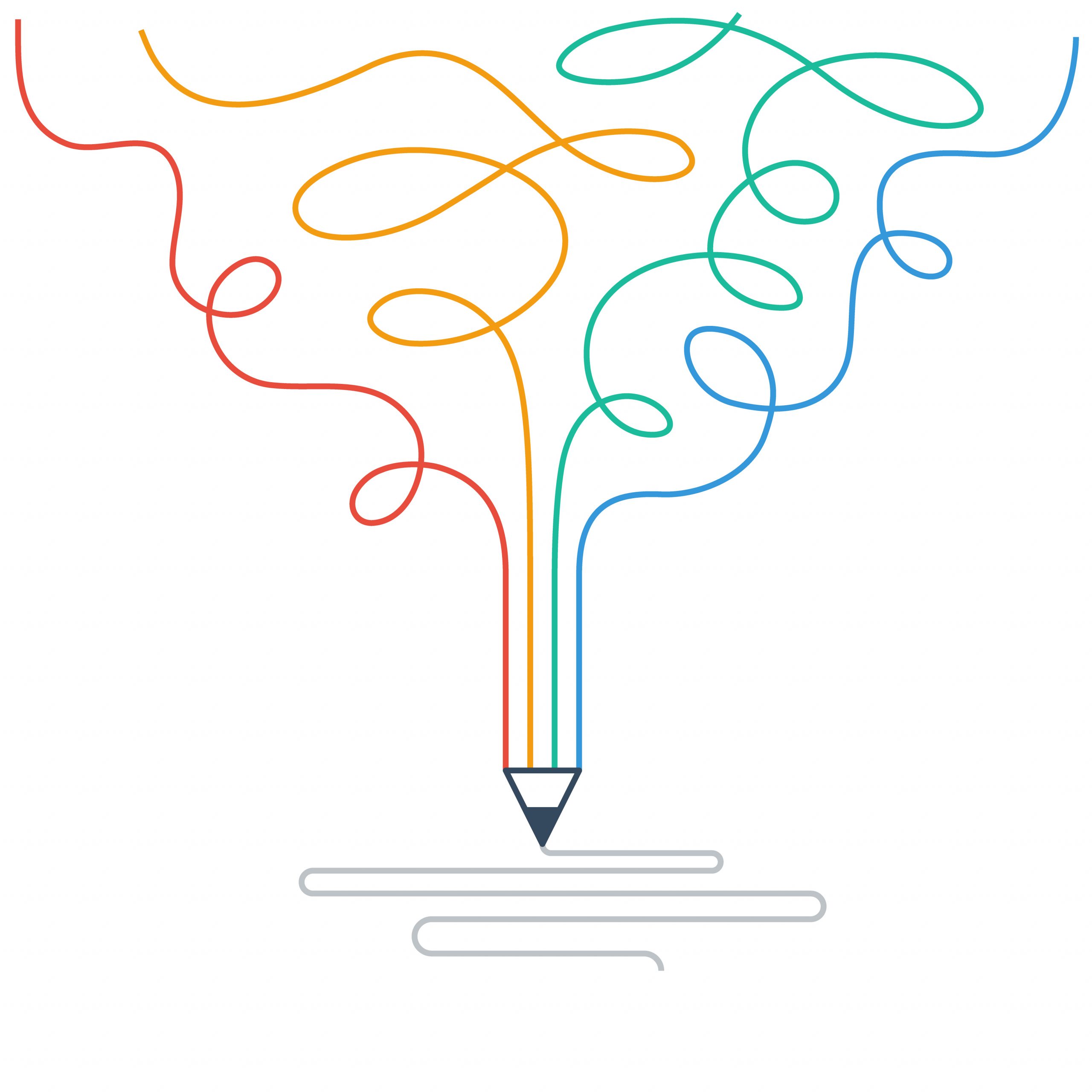About Semi-Colons
Semi-colons are the the #1 culprit of abuse in writing, so learn the rules here.
Use a semi-colon where a period would work. A semi-colon links two complete sentences that express, in sequence, a connecting thought pattern. The two halves of the sentences could stand alone but, for effect, they are often joined with a semi-colon.
Use a comma if there is a closer connection, but when you do, add a conjunction.
Also use a semi-colon before transition words: however, therefore, but, etc.
Semi-colons help guide your readers’ thoughts. A semi-colon connects two sentences.
Example: “A warm rain began to fall; the children took off their shoes.” (Same meaning as, “As a warm rain began to fall, the children took off their shoes” or “The children took off their shoes because a warm rain began to fall.”)







